Idea by
Pedro Pinto-Correia
PPCoA - oficina de arquitectura
Call for ideas 2021
VII MOONS
VII MOONS
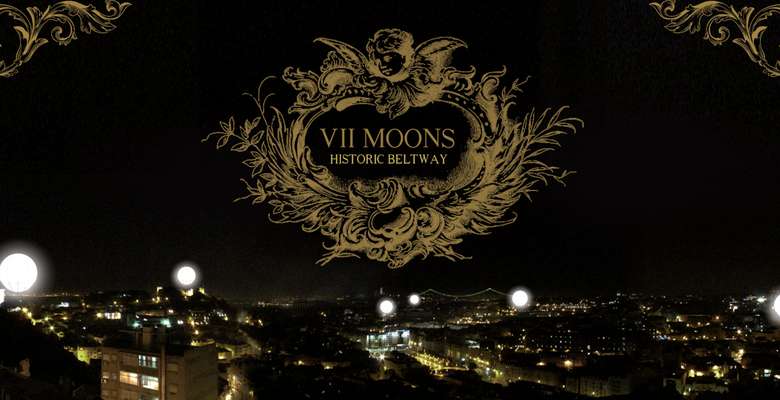
- Site-specific cases
In the past decade Lisbon´s tourism has increased about 80%, with more than 5M tourists p/year, causing an urban caos, transforming city dynamics and people fluxes.
This strategy is about creating an historic beltway by using history to leverage a new dynamic. Recovering a long-forgotten concept - "TRANSLATIO IMPERII" and its 7 sacred hills- adapting it to the market and demanding needs of a tourism dependent city. As a result from this territorial marketing essay, developed through urban accupunture strategy, would be the activation of geostrategic points to reveal historical paths.
"TRANSLATIO IMPERII" is a medieval idea of passing the metaphysical power from Jerusalem through Rome and Lisbon, being Jerusalem the creator, Rome the main house and Lisbon the expander of the unpalpable powers.
The main idea is to create a narrative throught the -“7Moons” Beltway- including Lisbon's most iconic historical spots, reorganizing the city center by reestructuring tourist fluxes.
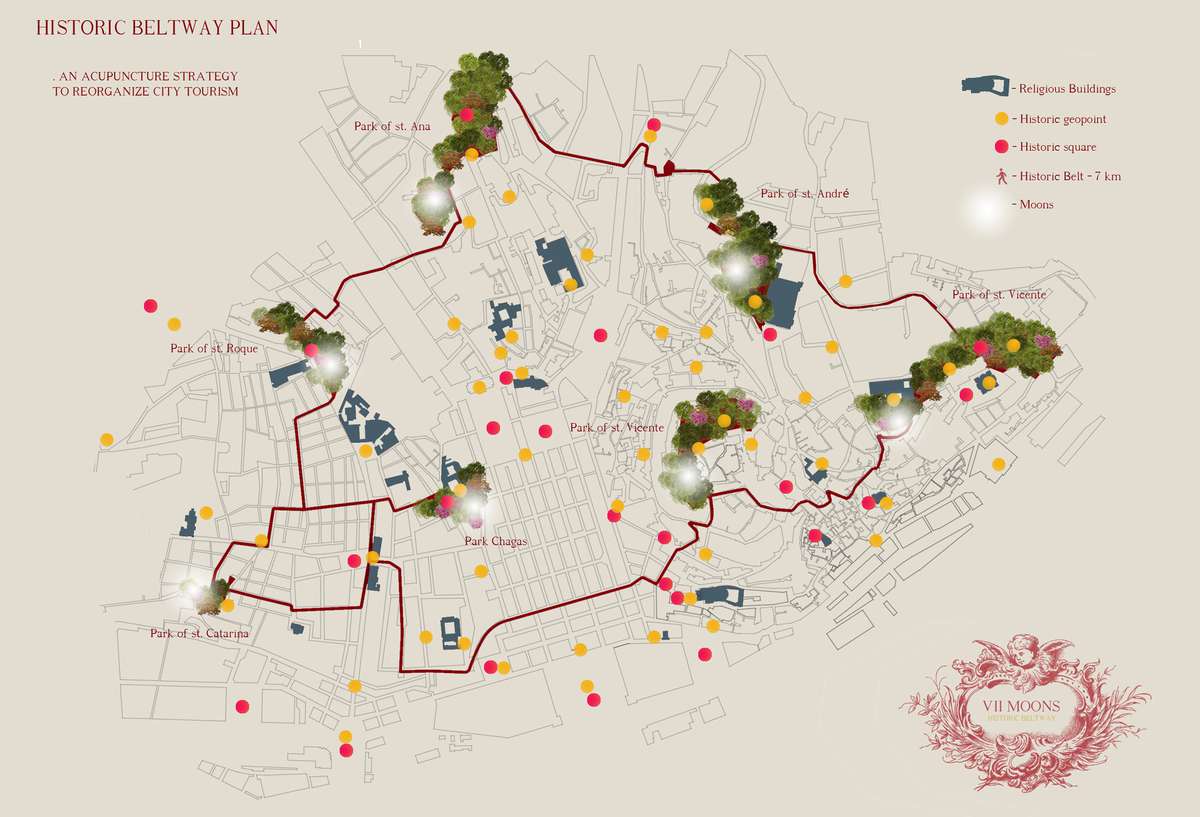
The Beltway is an experimental study to reorganize Lisbon city center. It will divide the city in two, although at the same time it will unify Lisbon's most iconic historical spots.
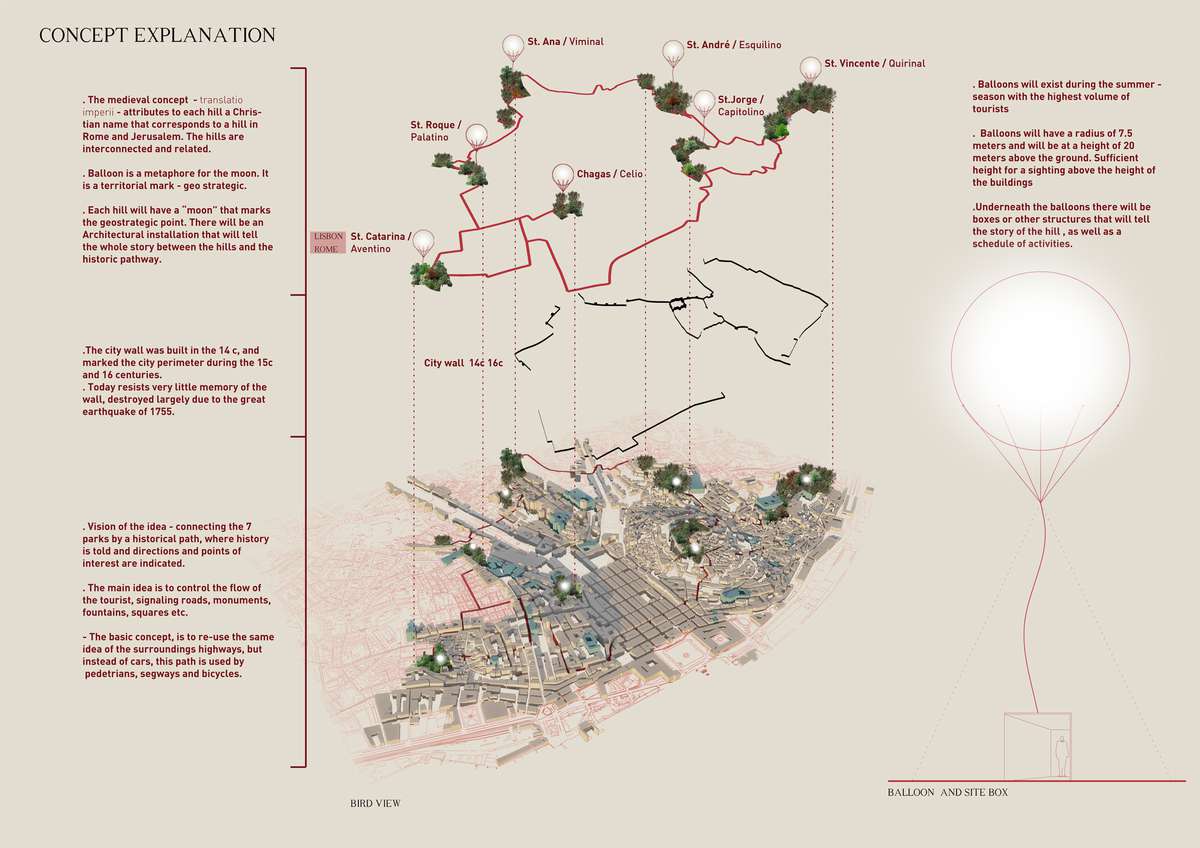
VII Moons - As a result of a territorial marketing essay, developed through urban accupunture strategy, would be the activation of geostrategic points to reveal historical paths.
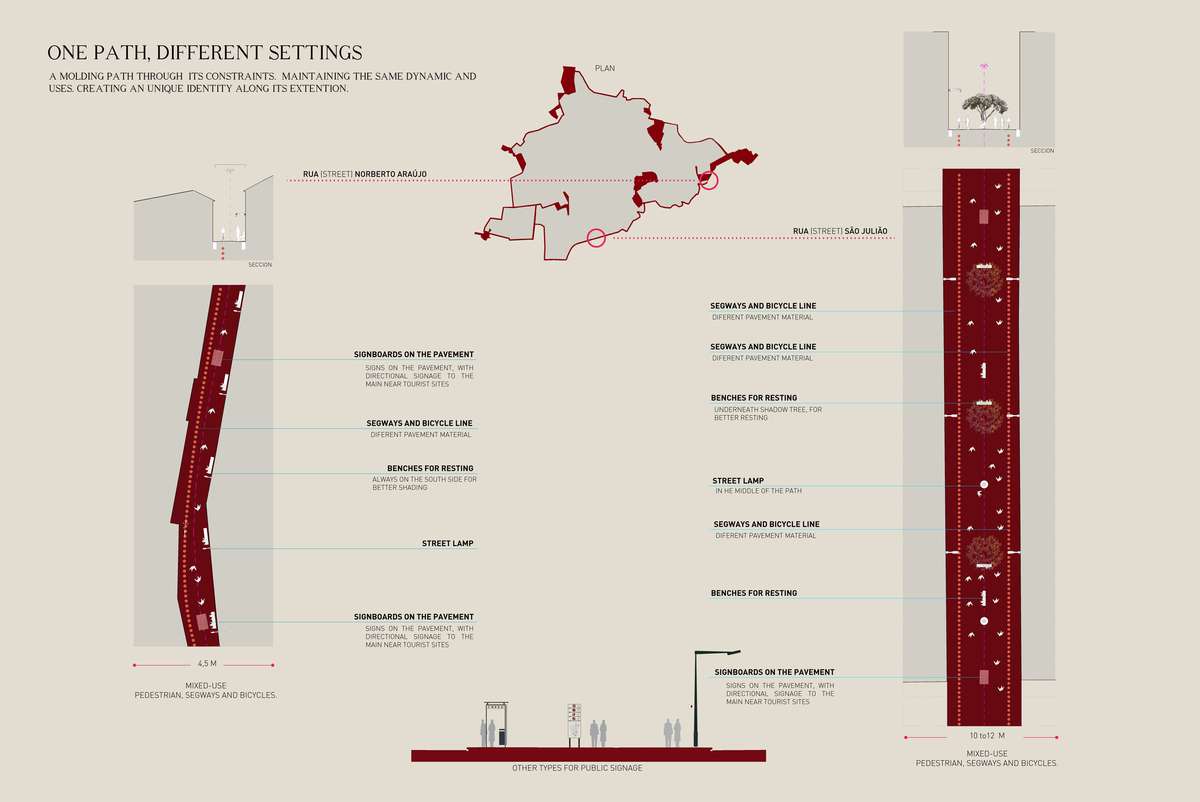
Lisbon´s road structure has the the most varying widths and morphologies, due to the variety of constructive eras and its natural terrain. It is mandatory to create a new dynamic structure, standardizing the identity and concept of the beltway.
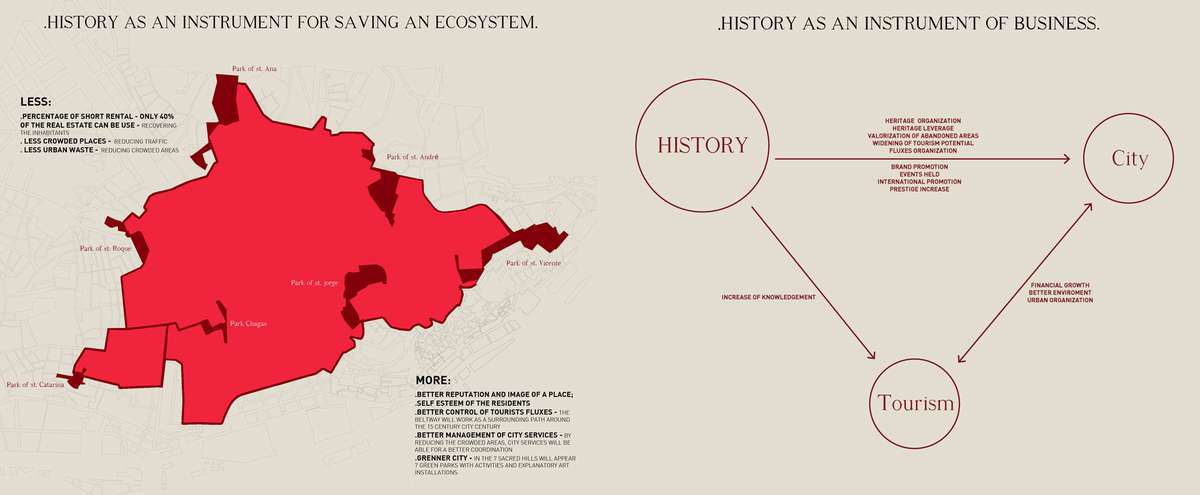
The beltway will work as an analogy of the first Radialways built during the 20th century to help controling city traffic.
It will help to improve the environment of the city by organizing tourits traffic among other issues, such as economy and real estate.
VII MOONS
VII MOONS

- Site-specific cases
In the past decade Lisbon´s tourism has increased about 80%, with more than 5M tourists p/year, causing an urban caos, transforming city dynamics and people fluxes.
This strategy is about creating an historic beltway by using history to leverage a new dynamic. Recovering a long-forgotten concept - "TRANSLATIO IMPERII" and its 7 sacred hills- adapting it to the market and demanding needs of a tourism dependent city. As a result from this territorial marketing essay, developed through urban accupunture strategy, would be the activation of geostrategic points to reveal historical paths.
"TRANSLATIO IMPERII" is a medieval idea of passing the metaphysical power from Jerusalem through Rome and Lisbon, being Jerusalem the creator, Rome the main house and Lisbon the expander of the unpalpable powers.
The main idea is to create a narrative throught the -“7Moons” Beltway- including Lisbon's most iconic historical spots, reorganizing the city center by reestructuring tourist fluxes.

The Beltway is an experimental study to reorganize Lisbon city center. It will divide the city in two, although at the same time it will unify Lisbon's most iconic historical spots.
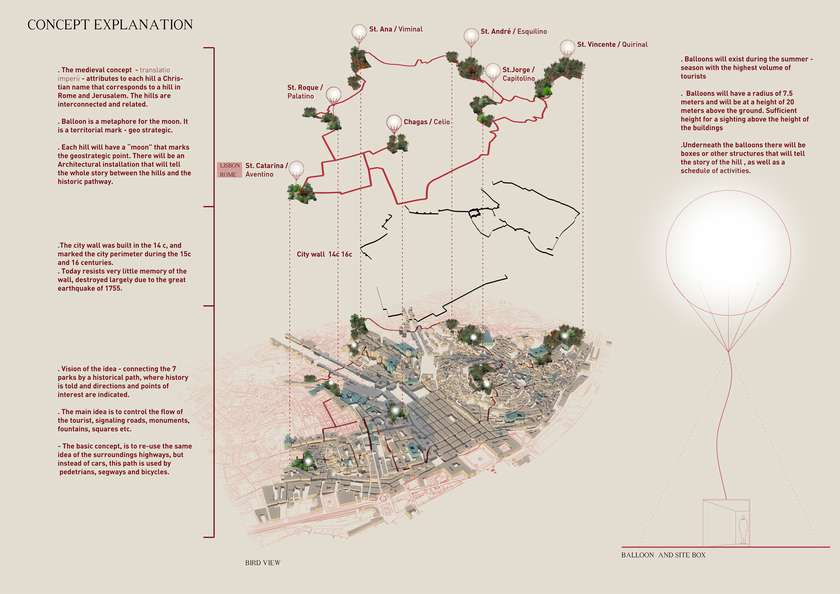
VII Moons - As a result of a territorial marketing essay, developed through urban accupunture strategy, would be the activation of geostrategic points to reveal historical paths.
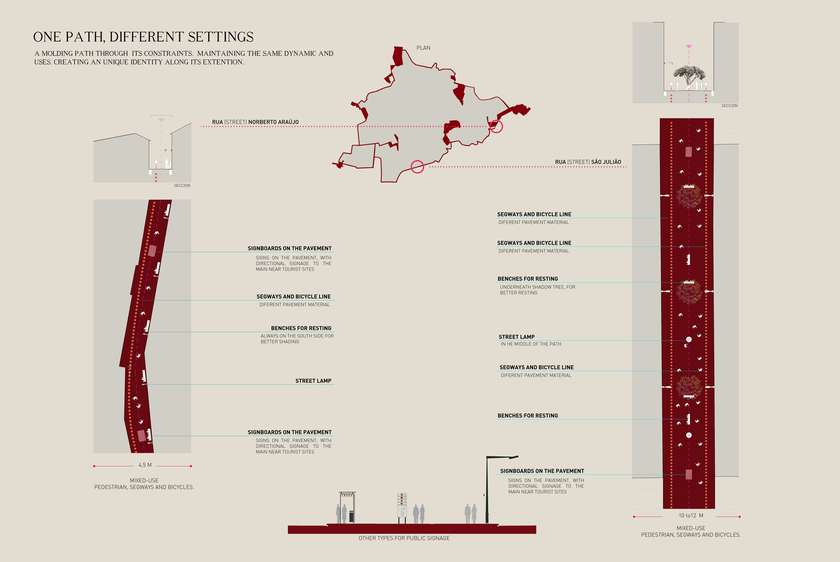
Lisbon´s road structure has the the most varying widths and morphologies, due to the variety of constructive eras and its natural terrain. It is mandatory to create a new dynamic structure, standardizing the identity and concept of the beltway.
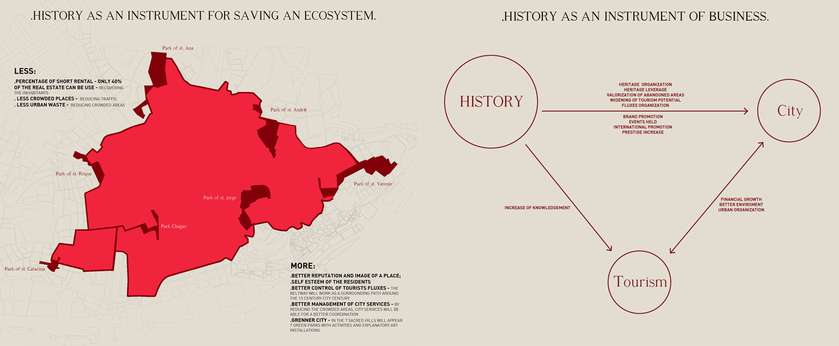
The beltway will work as an analogy of the first Radialways built during the 20th century to help controling city traffic.
It will help to improve the environment of the city by organizing tourits traffic among other issues, such as economy and real estate.